Basic rules for washing knitwear

Favorite knitted angora sweater, beautiful dress with aran - these things remain an undeniable classic, which is still at the peak of popularity. In order for your favorite thing to serve as long as possible, it needs careful care.
Knitted products (especially handmade) are made from various yarns, which rarely endure careless washing and change their appearance for the worse: either pellets appear, then the thing stretches, increasing in size at times, then it decreases.

How to wash items from different types of yarn
To avoid such incidents, knitted items must be washed by hand. There is a category of yarn that is not afraid of machine washing. In automatic machines, there are modes that are declared as especially delicate to wool and silk. But the best option is to personally take care of your favorite knitwear. If hand washing is not possible due to circumstances, it is recommended to contact a dry cleaner.
Yarn is traditionally divided into 3 types:
- natural - wool (angora, merino, alpaca), cotton, silk;
- artificial - acrylic, viscose;
- blended - combinations of wool and cotton with artificial fibers are popular.
Wool
Knitted sweaters, sweaters, dresses, hats made of wool must be washed by hand.In general, it is not recommended to wash woolen things often; it is enough to ventilate them well in the fresh air.


If you undertook to wash a knitted wool sweater, follow these rules:
- Woolen clothes are washed inside out.
- Water preparation. The optimum temperature is 30 C, a special detergent for wool dissolves in it. The gel rinses out better than any powder. After dissolving the agent, the product is lowered into the pelvis.
- If there are old spots on the canvas, it is forbidden to rub them (especially down, mohair, angoras), at most - you can use a brush with natural bristles for denser wool.
- A short pre-soak is acceptable.
- An acidic environment is ideal for wool, it makes the sweater soft and tender. But alkaline laundry soap is better to put aside.
- Things made of delicate wool should be washed as carefully as possible - immerse in warm soapy water, shake several times, do not remove from the water.
- Fluffy things can be put in the freezer for several hours before washing, after wrapping them in a tight bag. This will give extra softness and fluffiness.
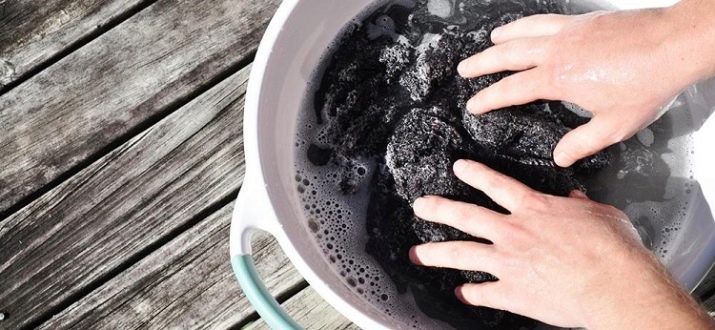
- To rinse woolen items, prepare water with the same temperature at which the item was washed.
- To rinse angoras, mix a spoonful of glycerin or hair balm with water.
- To refresh the brightness of the color, you can acidify the water with 1 tbsp. l. vinegar or lemon juice.
- Beautiful, warm and expensive cashmere sweaters are made of the finest wool. They are champions in demanding care. Even if the label says machine washable, it's best to hand wash (using dry hair shampoo) or dry clean.As soon as you bring your cashmere item from the dry cleaner, unpack it immediately to prevent damage to expensive yarn.
- Woolen things do not twist when released from excess moisture.
- If the knitted thing has inserts made of fur, leather, suede, it is better to take it to dry cleaning.
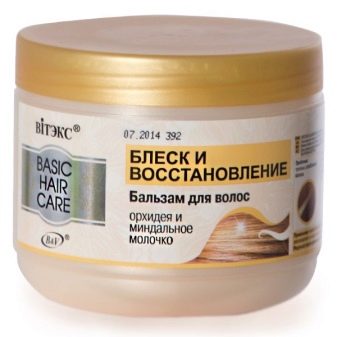

Cotton
Cotton is an excellent material for knitwear. It is suitable even for newborn children, in the summer it will be an ideal material for clothing. The material is not capricious, and the washing rules are the same as for wool. remember, that cotton can shrink a lot, so the temperature regime is no more than 40 C. Knitted cotton clothes can be washed in the machine on a delicate cycle, but if you have purchased or knitted an openwork dress made of mercerized cotton, do not be lazy and wash it by hand.

Linen
Another wonderful natural material is linen. Linen yarn is successfully used for knitting summer things, they are light, breathable, durable, do not lint and dry quickly. Linen products can even be boiled, but you should not experiment like that with a handmade dress. It is enough to choose a temperature up to 60 C.
Silk
Knitted items made of silk are washed in warm water with the addition of a special gel. It is recommended to use shampoo for dry hair or baby shampoo. Another option is baby soap without any additives, planed and mixed in water. Ammonia is added to the water: 1 tablespoon per 8-9 liters. Rubbing silk products is not recommended; in case of severe contamination, they are washed several times, each time changing the water.
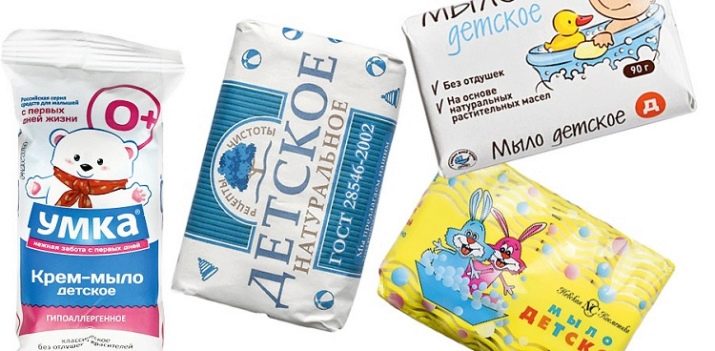
Synthetic yarn
Basic rules for washing things made of artificial yarn:
- Viscose products very similar to silk in appearance, but can stretch a lot after washing.Therefore, the maximum temperature for washing viscose is 40 C, such products cannot be twisted.
- Acrylic knitted clothes not so demanding in care, easy to wash, does not require special detergents, but the fabric has its own nuances. Products tend to stretch, so if you wash acrylic in a washing machine, use a delicate mode, temperature up to 30 degrees, low spin speeds and a special laundry bag that will protect the acrylic item from deformation.
Mixed yarn items can be machine washed and hand washed, but should not be twisted and hung to dry. To delicately wring out a woolen thing, you need to spread it out on a towel, which is then rolled into a roller.
To dry, knitted items are laid out on a clean towel spread on a table or board, and you can’t hang a thing on a coat hanger or a rope, it can be deformed. Instead of ironing, steaming is preferable.
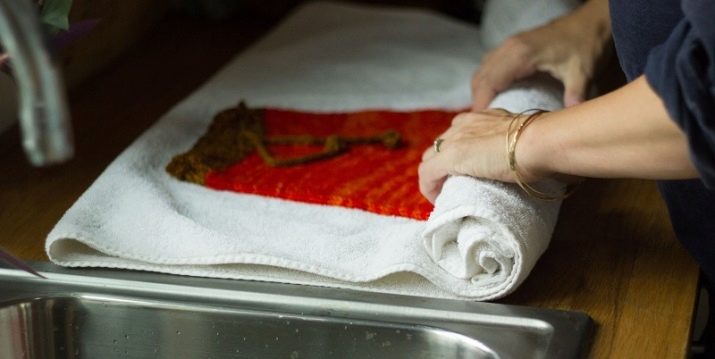
A few tricks
Additional tips to help you more effectively rid your woolen item of dirt:
- For washing knitted items, you can use shampoos, choosing a fragrance for men's, women's and children's items.
- A knitted hat cannot be twisted, so after washing the thing is put in a lump in a basin and waiting for the water to drain.
- If you want to reduce the size of a woolen thing, wash it at 50 degrees, and rinse at 10. If you want to stretch a shrunken product, then steam it with an iron through the fabric to the desired size.
- For washing woolen clothes, it is good to use shampoos for long-haired cats - their hair is especially prone to falling into tangles, and the composition of the shampoo is designed with this in mind.
- The collar of a sweater will not stretch if you baste it around the edge with thick thread before washing.
- Glossy areas on a woolen cloth are cleaned with a solution of ammonia, after which they are ironed through paper.
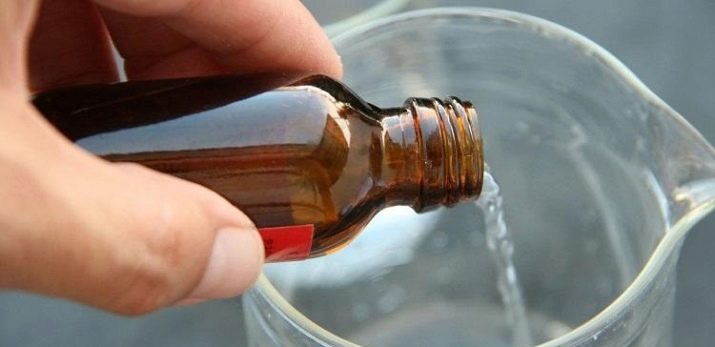
- Buttonholes are lubricated from the inside with a colorless varnish to avoid rapid deformation.
- Wooden buttons are recommended to be wrapped in foil or cling film.
- The white color of the wool will update the addition of borax to the water when rinsing, as well as the use of peroxide during the wash.
- Knitted products of dark shades can be washed with mustard: a glass of dry powder is mixed with water until a mushy state, insisted for 30-40 minutes, after which it is added to the washing water. To rinse after mustard, a teaspoon of ammonia is diluted in 10 liters of water.
Following these simple rules will help you properly care for your favorite thing so that it pleases you as long as possible.

How to wash knitted things, see the next video.




























